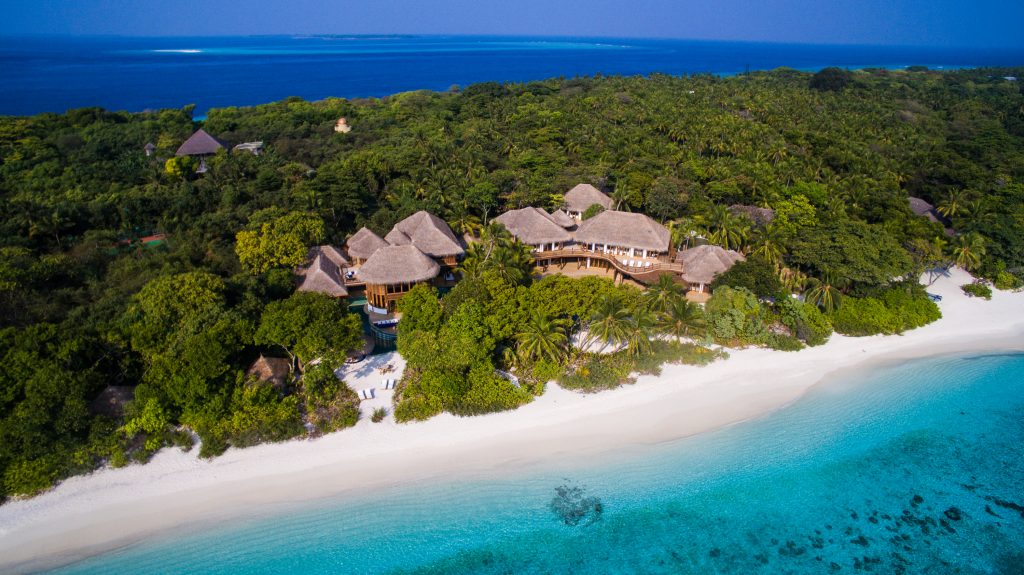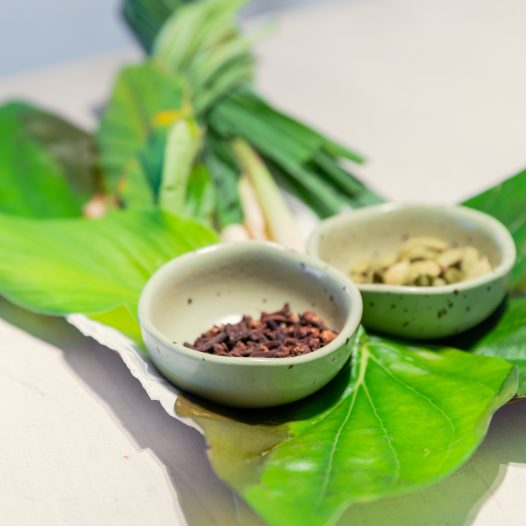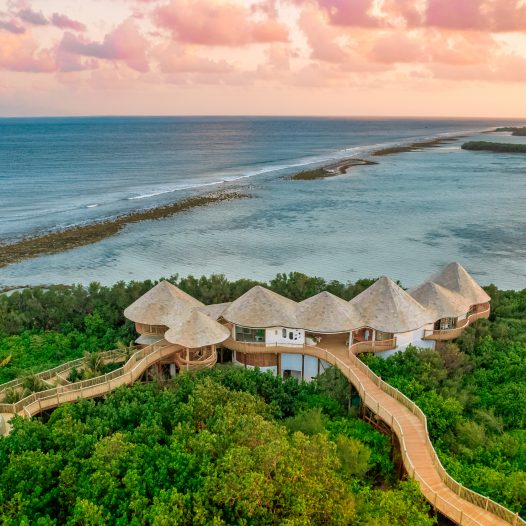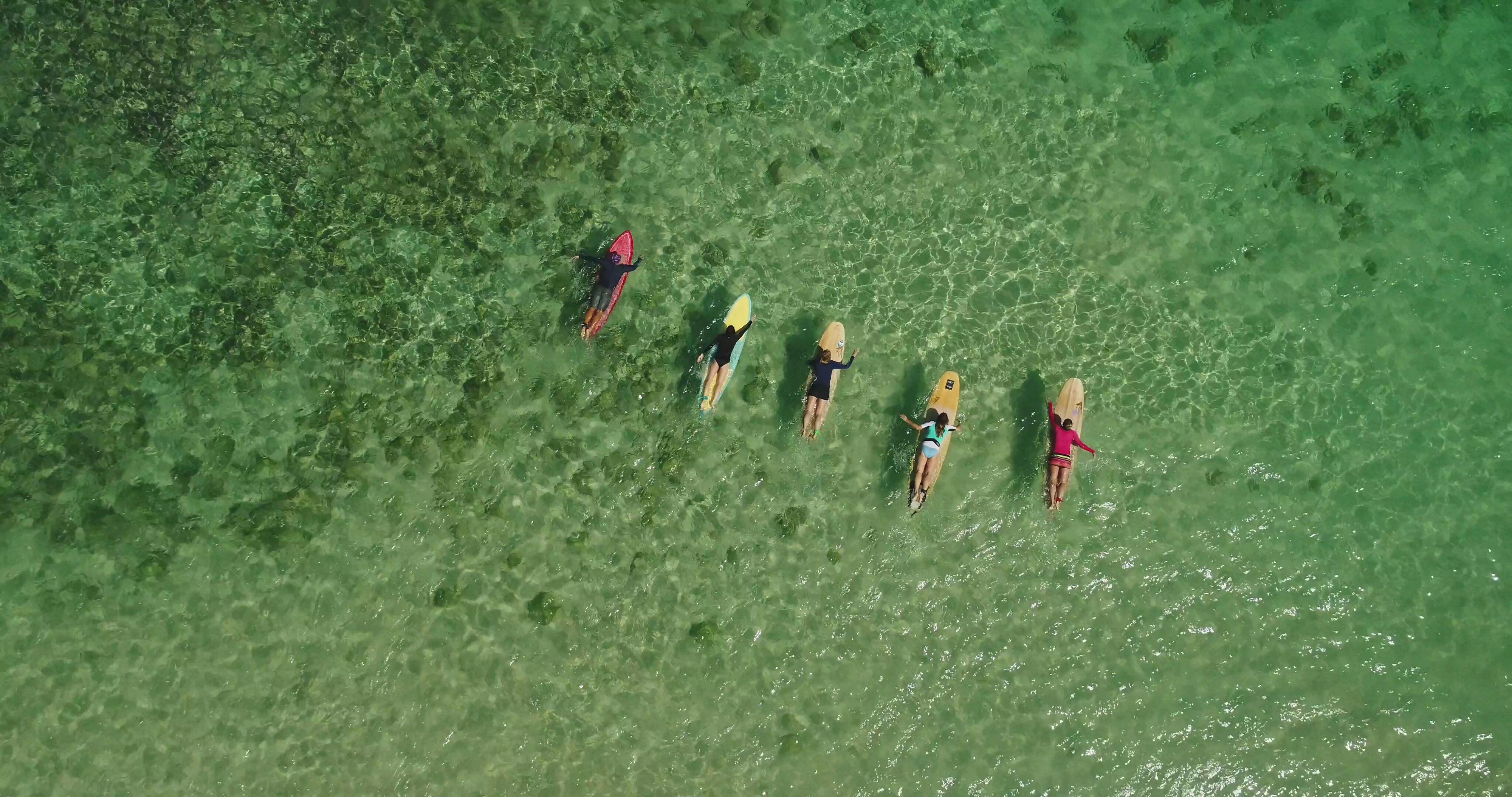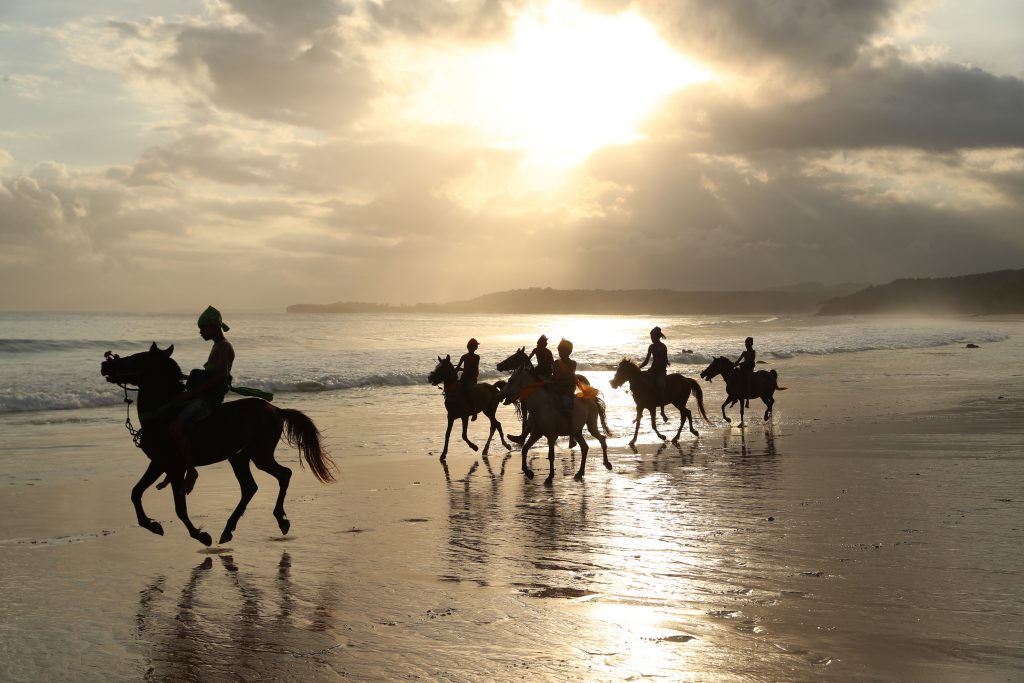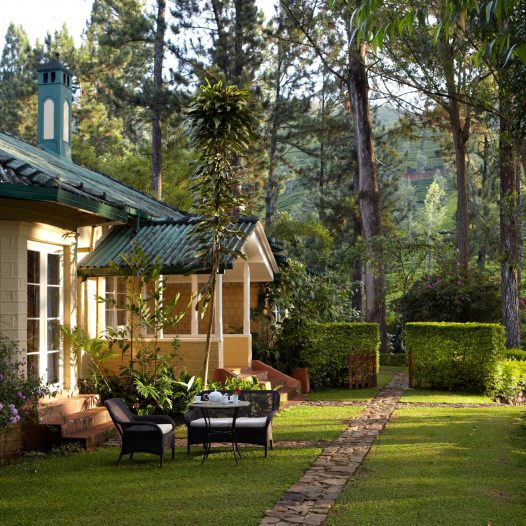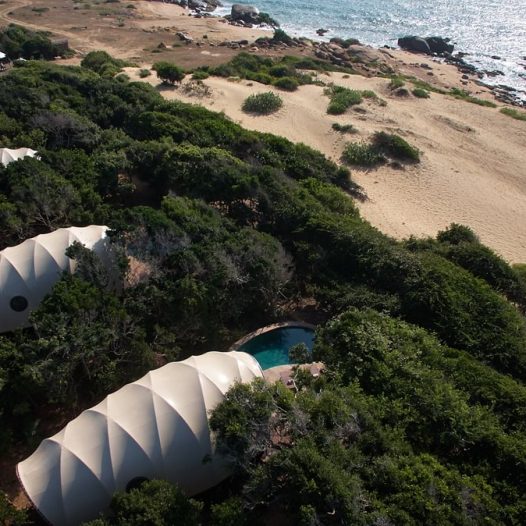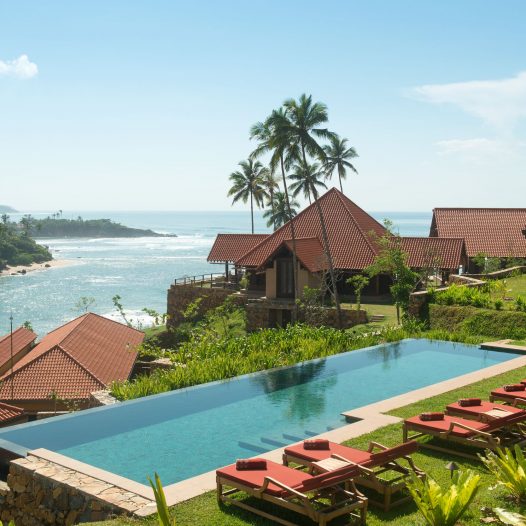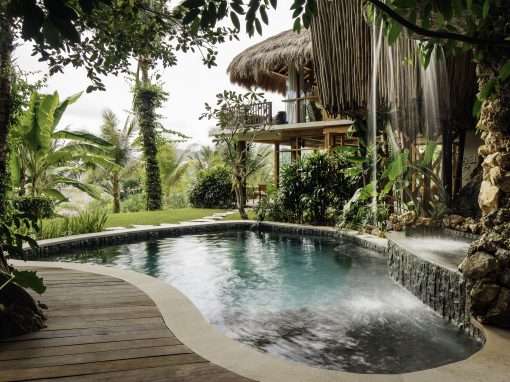Luxury travel is oftentimes perceived as being very material. That is, it chooses to focus more on tangible things such as decoration and aesthetics rather than the value of a well-rounded cultural experience. While so-called ‘material travel’ can still be a conventional luxurious experience, it will never be as meaningful as a ‘slow travel’ experience. Slow travel, as the name would suggest, approaches travelling from a more relaxed and nuanced angle. It emphasizes things such as customs and cultures, allowing clients to experience a given area from a more local perspective. It is predicted that slow travel will increase in popularity in the coming years, with an estimated 10% compound annual growth rate. Recently, Hidden Scotland (a popular travel site for Scotland) has done a survey regarding slow travel. They found that 83% of people prefer slow travel over other forms of travel.
BeMarketing, as a company, has shifted its focus to slow travel. In doing this, we hope to create authentic and one-of-a-kind vacation experiences for clients. When clients visit a certain area, the idea is to show them the most local, organic and relaxed view of that area. That being so, here are some independently owned and managed brands that are currently ahead of the trend at the forefront of slow travel.
One brand that has been a pioneer of slow travel since its conception in 1995 is Soneva. Oxford graduates Sonu Shivdasani and his wife, Eva, started the foundation of this brand when they took a trip to the Maldives in the late 1980s. After falling in love with the culture and natural beauty of the area, they leased an island there in 1990. This is the island where they ended up opening up their first resort (Soneva Fushi) five years later. Since then, Sonu and Eva have successfully expanded and branded Soneva, creating premier Island destinations in both the Maldives and Thailand.
When arriving at Soneva Fushi or Jani in the Maldives, the journey from the Soneva International Airport is a short 5-minute boat ride from the resorts. For the trip to Soneva Kiri in Thailand, guests are offered private plane services as transport to the resort. These are just some of the many experiences that define Soneva as unique and a key developer of the ‘slow travel’ philosophy.
Soneva is a champion of what they like to call ‘barefoot luxury’. At their resorts, guests are encouraged to follow a ‘no news, no shoes’ policy in order to ensure the best possible vacation experience. When stepping off the boat that is taken from the Soneva airport to the resort, guests are greeted with a cold towel and a refreshing drink. They are then asked to place their shoes in a bag that says ¨no news, no shoes¨. Together, with the luggage, the bag is delivered to their room. As for the ‘no news’ portion of the slogan, this encourages guests to disconnect from their technology in order to connect with the experience of being at Soneva. That is, the resort encourages limiting the use of social media, email, and technology in general in order to be able to experience Soneva at its finest.
Another experience that seems to differentiate Soneva from its competitors is its spa and wellness retreat. Soneva Soul is the wellness retreat at Soneva that invites guests to “reconnect mind, body and soul”. Their wellness retreat is a two-story complex surrounded by the dense island jungle, creating a natural and organic atmosphere for guests. Soneva Soul is known for combining “ancient healing wisdom” such as traditional Chinese medicine and herbalism with recent science, technology and innovation. Each wellness session is targeted at guests’ individual needs and priorities, giving them a personalised and balanced treatment. Soneva Soul hosts a variety of innovative treatments that are not available at typical resort spas such as Major Auto-Hemotherapy, hyperbaric medicine, IV nutrition and even regenerative injections.
Overall, Soneva displays its slow travel philosophy by curating exclusive experiences that can only exist at Soneva. By offering unique activities such as Soneva Stars and Soneva Soul, this brand is redefining slow travel. They even have their own slogan that correlates with slow travel called “Slow Life” in which they strive to be sustainable, local and organic.
Another brand striving for slow travel excellence is NIHI. The foundation of this brand started in 1988 in Indonesia, when Claude and Petra Graves stumbled upon Nihiwatu beach in search of the perfect wave for surfing. The Graves were then inspired to start a resort called Nihiwatu. In 2012, Christopher Burch, world-renowned hotelier and CEO of Burch Creative Capital, was attracted to the resort. He called on his friend and fellow hotelier from New York’s Carlyle Hotel, James McBride. Together, they set out to expand the resort into what it is today. One of their goals was to develop NIHI to be one of the best resorts in the world. NIHI has opened its first location in Indonesia and is scheduled to expand with NIHI Rote, Flores and Santo Tomás opening up within the next 5 years. NIHI Sumba has already received a number of accolades, the most recent includes being mentioned on the list of “Top 5 Hotels in Asia” by Travel + Leisure magazine.
NIHI´s main slogan is “edge of wildness”, which hints at its focus on nature. When journeying to the resort, guests have the option of getting to the resort from the airport by car. This ride offers scenic views of the island. The journey starts at sea level and slowly ascends into the Rijewa mountains 500 meters (1640 feet) above sea level. The road that leads to the resort passes through a number of traditional settlements, rice fields, river valleys and stunning Wanokaka River Delta views. For a shorter trip, guests also have the option of hiring a private charter helicopter to take them from Bali to the Sumba resort. During these trips to the resort, one will start to understand why NIHI’s main slogan is “Edge of Wildness”.
One of NIHIs main attractions that bring surfers from all over the world is its wave “Gods left” or “Occy left”. This wave is one of the world’s most sought-after by surfers. One of the names of this wave comes from the surfing film “The Green Iguana”, in which world champion surfer Mark Occhilupo made the wave famous. The wave is one of the longer surfing waves in the world, 300 metres in length. This wave has large walls and sections perfect for barreling and working on speed and rails. While this wave is famous, it’s also quite exclusive. This wave is limited to 10 surfers at a time. This means that surfers will always have free and open spaces for freestyling. By making this wave exclusive, NIHI makes for a more personalised and original surfing experience.
Another personalised and original experience that NIHI offers is their Spa Safari. This experience is an all-day spa retreat that is designed to make guests unwind and feel a sense of relaxation. This spa experience starts in the morning at sunrise, with an optional hike through the Sumbanese traditional village, rice fields, and hills. After this, guests are brought to their own personal cove, where they are then served a full breakfast. Following their meal, guests can either choose to swim in the ocean or start their spa therapy treatments in their own personal cliffside Bale (a luxury hut where the spa treatment takes place). These treatments usually consist of wraps, scrubs, facials and 90-minute massages, however, they can be personalised as well. As the day is coming to an end and the sun is setting, guests are driven back to the resort in an open-air vehicle. Guests who are previously familiarized with horses also have the option of riding horseback back to the resort.
Speaking of horses, NIHI has a lot of equestrian activities. Since NIHI is located on a remote island, it is known for its activities related to nature and wildlife. Some of NIHIs most popular wildlife activities are equestrian activities such as horseback riding and swimming with horses.
There is also another–more cultural–equestrian activity at NIHI Sumba called Pasola. Pasola is a local custom that cannot be found in any other place in the world other than on the Sumba island of Indonesia. Traditionally, it is a festival that celebrates the rice planting season. However, NIHI Sumba offers this activity all year round. Pasola is an equestrian spear-throwing activity. To do this, guests are trained and then mounted on a horse and invited to throw spears. The horses themselves are quite rare as well, being very specific to Sumba. They have lineage from Arab and Mongolian horses and are quite a small breed of horse. They are also ideal for racing, which is the dominant sport on the island. Overall, NIHI Sumba is the perfect place for any equestrian-loving person.
If you are not a horse person but are still interested in embracing the local culture, there are also activities at NIHI that showcase the local customs and traditions that do not involve riding a horse. One of the more popular cultural activities offered by NIHI is Ikat Weaving. Ikat, in Indonesian languages, means “to bind”. This activity consists of binding or weaving dyed yarns in order to create multicoloured, geometric and linear patterns. The word “ikat” was coined into European textile vocabulary in the early 20th century. However, this tradition is more ancient than that, dating back to the Yarkent Khanate in the 1500s. At Sumba, guests experience weaving ikats with women from nearby villages, providing a more hands-on cultural experience. People interested in learning this ancient craft will be brought to the Pasar Sumba near the Menara and united with women who can teach this art. During this experience, guests can weave things such as bracelets, placemats, boxes and containers out of palm leaves. This is a cultural experience that non-local guests are doubtful to experience in any other place and especially, at any other resort.
In general, NIHI provides an experience that unites nature, culture and luxury. By doing things such as creating activities that meld with local customs and traditions, NIHI is exemplifying what it means to be a “slow travel” oriented brand.
Another brand that seems to perfectly meld local customs with high-end luxury is Resplendent Ceylon. Located in Sri Lanka, this brand was founded by the Fernando family and is a part of the Dilmah Ceylon Tea Company. This company was founded in 1988 when Merrill J. Fernando set out to make a better tea. He wanted a tea that was hand-picked and fresh, rather than picked by machines. He successfully did so, creating a tea plantation and factory where all tea is hand-picked and hand-pressed. In 2005, after there was a demand for people to visit the Dilmah tea estates, the hotel brand was founded. The founders of Resplendent Ceylon call themselves “accidental hoteliers” because the founding of their brand was not planned out, as it is with so many other brands.
After receiving news that many people were interested in visiting their tea estate, the Fernando family decided they wanted to showcase the tea-making experience to guests from abroad. What started as unofficial tours of the tea-making estate evolved into the Resplendent Ceylon brand known today. Formerly known as Ceylon, Sri Lanka means “Resplendent Isle”. This is precisely where Resplendent Ceylon derived its name from. This brand is committed to Sri Lankan history, culture and nature.
One thing that differentiates Resplendent Ceylon from its competitors is its status of being a part of the prestigious Relais & Chateaux group. Being established in 1954, this association works with over 580 unique hotels and restaurants throughout the world. Relais & Chateaux work exclusively with family-owned or independently-owned businesses, making it quite private and selective. The association focuses on holistic travel and gastronomic experiences. Resplendent Ceylon ( its 3 resorts) is the only brand in Sri Lanka that is a part of the Relais and Chateaux group.
Resplendent Ceylon has 3 different resorts, all with their own defining characteristics. Resplendent Ceylon’s first resort was the Ceylon Tea Trails. This resort is buried in the tea-making hill country of central-southern Sri Lanka. This resort is made up of 5 restored colonial-era bungalows. While they were recently renovated, the bungalows still keep the same colonial charm that they have always had. At this private resort, guests have the opportunity to stay in the centre of a tea plantation. They also have the ability to tour the tea fields and factory. This is an experience unlike any other that can only be found with Resplendent Ceylon.
Being a coastal Sri Lankan resort, Cape Weligama is a cliff-top resort that combines luxury with nautical views. This resort is known for its 12-acre tropical garden that envelops the entire resort. It is located in a celebrated but quaint fishing village. The village is full of rich history and tradition that will give guests lots of activities and information. One example of a cultural activity this resort hosts is traditional mask-making. This resort is also home to a number of animal-focused activities such as whale watching and elephant safaris. This resort mixes classic Sri Lankan nature with a modern and luxurious design.
Also known for its wildlife experiences, Wild Coast Tented Lodge is another resort by Resplendent Ceylon. This resort can best be described as jungle meets the beach. It is right next to Yala National Park, where guests can enjoy seeing endangered leopards, elephants, sloth bears, crocodiles and a vast array of birds. This resort focused on the Safari aspect of Sri Lanka, providing game drives, guided nature walks, swimming in watering holes and even in-wilderness dining. However, this resort is also located next to the beach, allowing for water activities such as surfing and sipping a drink at the beach garden bar. Having two different atmospheres present in the resort (beach & jungle), it is clear that Resplendent Ceylon does at least one thing better than most: location.
All in all, these 3 brands provide a luxurious, slow travel approach for their customers by focusing on experiences, being off-the-grid, and also through their special attention to the wilderness. Since all of these companies are independently owned and operated, it is easier for them to stay within the DNA of their brand while also providing meaningful and curated experiences for their guests. Slow travel is something that these three brands continue to give meaning to, redefining what it means to be a slow travel resort each and every day.

